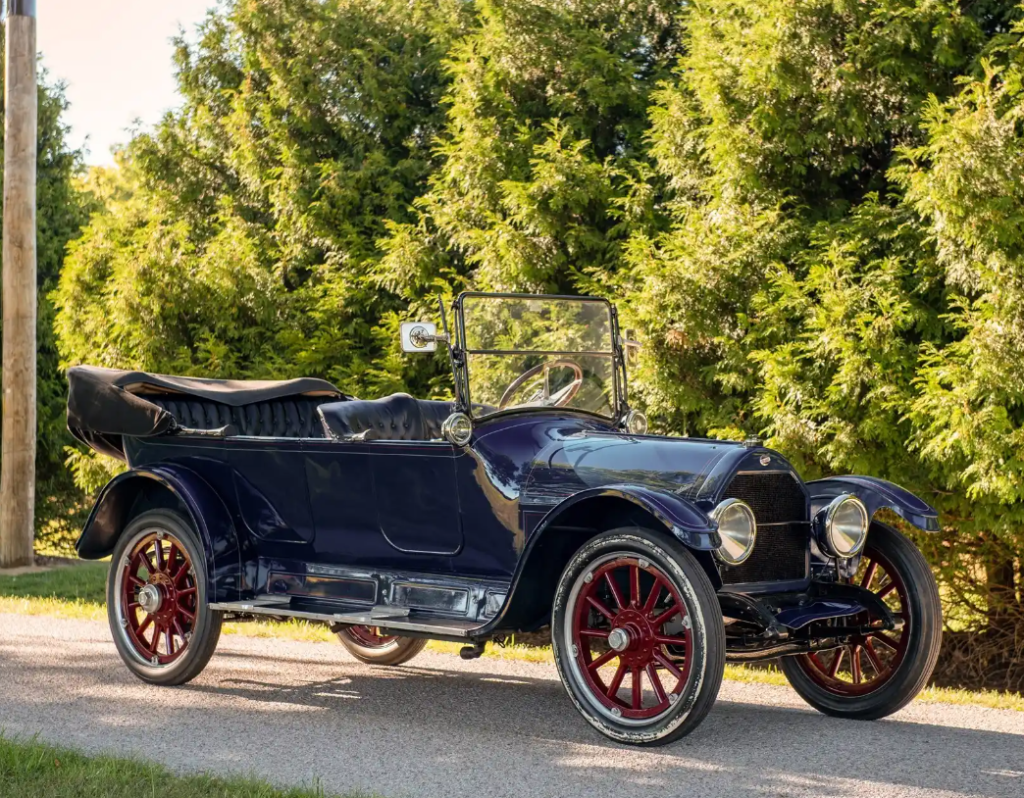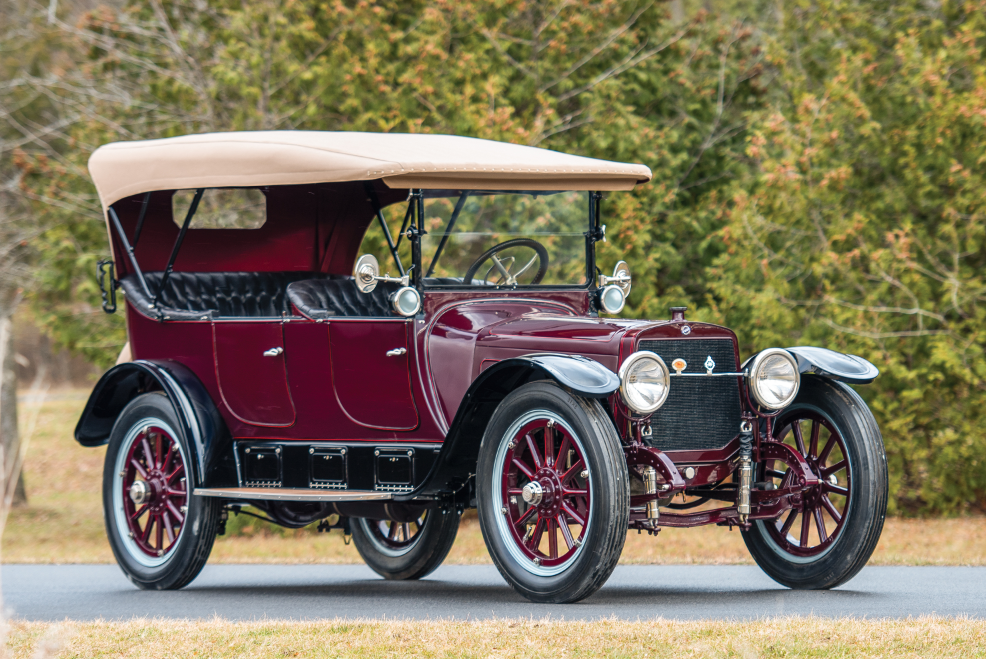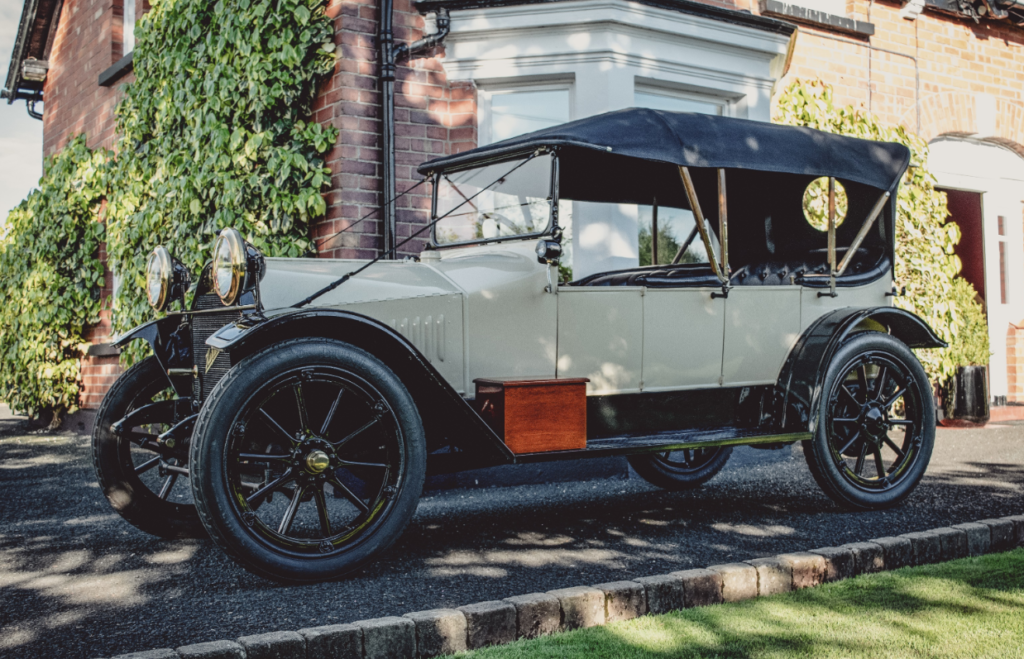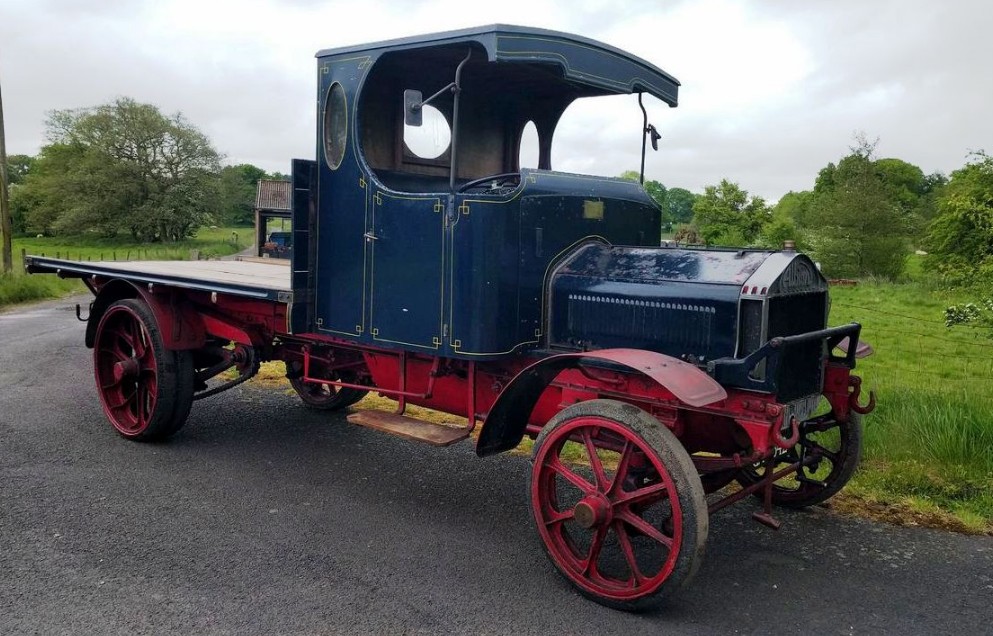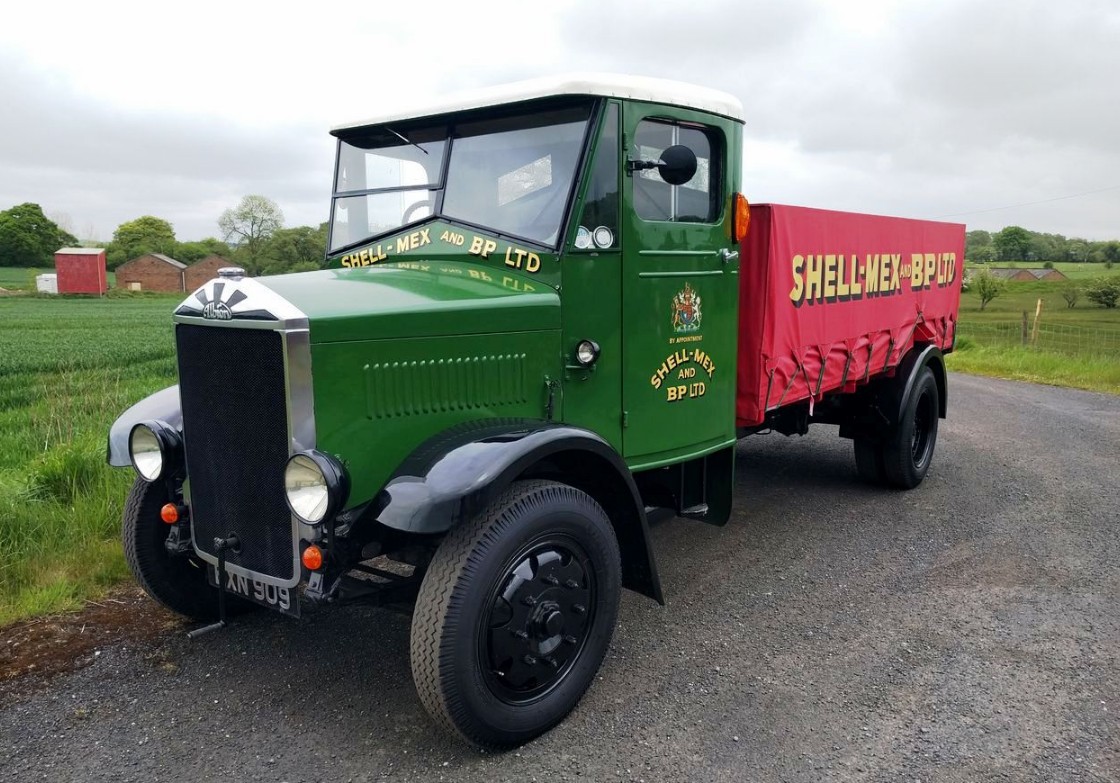Three Pre-War Cars from Bonhams
Offered by Bonhams | Carmel, California | August 24, 2018
1934 BMW 315/1 Roadster

Photo – Bonhams
Mercedes-Benz (and more specifically, Daimler) have been around for a long time, and have been a major producer of automobiles for essentially that entire time. Not so with BMW. It seems like the only Pre-War Bimmers that are any sort of common are 327/8/9s. Have you ever seen a 315?
This model was introduced in 1934 to replace the four-cylinder 303. The base 315 was a two-door sedan, cabriolet, or tourer. The 315/1 was the sports car variant. Built between 1934 and 1937, it shared the sedan’s chassis but had a slightly tuned engine. The 1.5-liter straight-six made 40 horsepower in this form. But, this particular car actually has an 80 horsepower, 2.0-liter straight-six from the similar 319/1 Roadster. A swap was made at some point in the past.
Only 242 examples of the 315/1 Roadster were made – perhaps most people haven’t seen them. This car has been more or less dormant for 30 years, so some work is needed. Regardless, it should still command between $125,000-$175,000. Click here for more info.
Update: Sold $134,400.
1915 Simplex Crane Model 5 Tourer
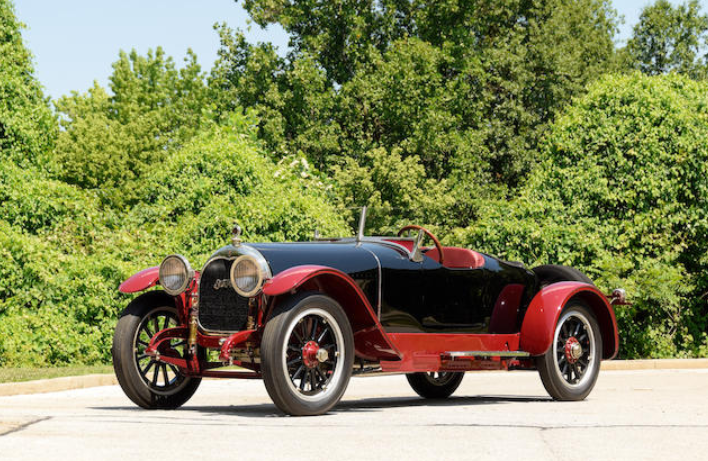
Photo – Bonhams
The Crane, Simplex, Crane-Simplex, and Simplex Crane is one confusing mess of marques. Henry Middlebrook Crane started his own car company in 1912 and it lasted through 1914. It was acquired by Simplex and in 1915 they merged the Crane line of cars into their own, as a separate model. From 1915 through the end of the company, the cars were branded as Simplexes and the model was the “Crane Model 5” which Crane introduced back in 1914. When Simplex went under, Henry Crane bought the remnants and sold the Crane-Simplex (as a marque) for about a year in 1922. CONFUSED YET?
What we have here is a Simplex Crane Model 5. It’s powered by a ridiculous 110 horsepower, 9.2-liter straight-six with a four-speed transmission. The two-seater sports tourer body is not original but is nice. Less than 500 Crane Model 5s were produced, making this quite rare today. It should bring between $175,000-$225,000. Click here for more info.
Update: Not sold.
1913 Mercedes 28/60HP Phaeton

Photo – Bonhams
Daimler built some pretty impressive Mercedes-branded automobiles in the pre-Benz years. The 1913 28/60 was a development of the 28/50, which was introduced in 1910. Production of the 28/60 would continue until 1920 and power comes from a 60 horsepower, 7.2-liter straight-four.
This car has been in the same family for the last 40 years and was restored in 2008. It’s been actively toured, a testament to the usability of early Mercedes cars, despite their sometimes immense size. It’s well-outfitted in period accessories and should bring between $800,000-$1,000,000. Click here for more info and here for more from Bonhams in Carmel.
Update: Not sold.


